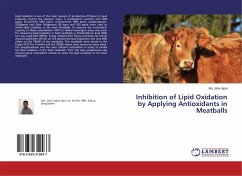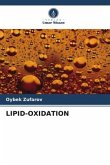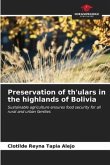Rapid changes in quality after fish death appear to be a major drawback for their conservation. It is important to identify and characterize the systems and factors responsible for these changes. At different preservation modes (ambient/refrigerated, refrigerated (+4°C)), the production of hydroperoxides in the different species studied is at its highest level during the first hours of preservation. In shrimp, the content of these products is at its maximum at D1. In mussels and cuttlefish, these substances present a maximum of their concentration respectively at D2 and D3. In shrimp, the TBA-rs content is at its maximum at D5 whatever the conservation mode while in mussels it reaches its maximum at D2 and D3 at + 4°C and at room temperature/refrigerated, respectively. In cuttlefish, the concentration of TBA-rs is at its maximum at D2 whatever the preservation mode. Our results show that the concentration of TBA-rs evolves over time in an inverse manner to that of hydroperoxides.








